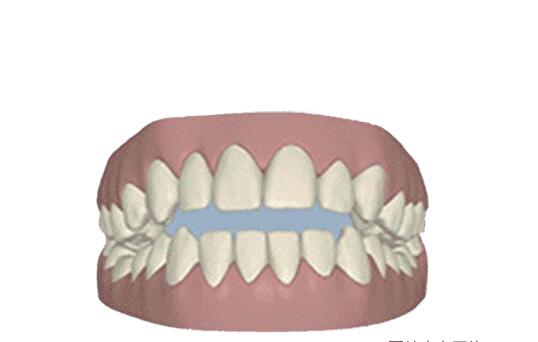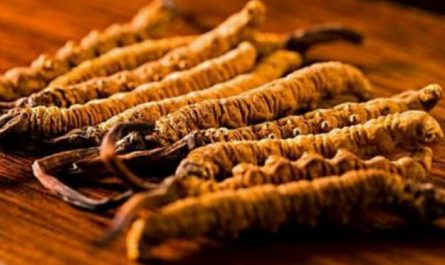What is the hardest organ in the human body? Everyone must know it is a tooth. In Chinese medicine, it is often said that “tooths are more than bones”, which is to classify teeth and bones as the same. So, are teeth really bones?
In fact, the 206 bones in the human body do not contain 32 teeth, so teeth are not bones. The teeth and bones are white and very hard. Compared with the two, teeth are much harder than bones. Both of them contain a lot of calcium. Many people tend to regard teeth as the smallest bones. In fact, there are many essential differences between the two. The source, formation process, degree of calcification and tissue structure of the two are different.
First, a person has 206 bones from birth, but the teeth only grow out a few months after the person is born. We call the teeth at this time deciduous teeth. Then, when a person is six or seven years old, the deciduous teeth gradually loosen and fall and grow. Permanent teeth out. In addition, the surface of the bone, except for the surface of the joint, is covered with a thin layer of periosteum. Periosteum can protect bones. Generally, after bones are damaged or broken, a large number of osteoblasts are split in the periosteum to supplement the damaged vacant area and restore the damaged bones.
Tooth is different. Its outermost layer is tooth enamel, which we often call “enamel”, and its hardness even exceeds that of steel. Although it is extremely hard, it can be damaged and broken. The damage to the crown of the tooth cannot be repaired by itself, because it has no nerves and blood vessels and cannot regenerate. If the tooth is broken, it can only be repaired by surgery. If the damage is severe, the tooth can only be removed. If a person’s teeth fall in adulthood, new teeth cannot grow again. They can only be replaced by fillings or implants. However, the dentin inside the teeth has a regeneration function.
Second, although bone contains calcium, phosphorus, sodium and other components, its important component is collagen. Teeth are mainly composed of calcium, phosphorus and other substances.
Third, there is bone marrow in the bones, and the hematopoietic cells of the bone marrow can differentiate into red blood cells, white blood cells, platelets, lymphocytes and so on. Therefore, the bone marrow has a strong hematopoietic function. The bones are supplied with blood through the arteries of the periosteum and bone marrow.
There is pulp in the tooth, and the function of the pulp is completely different from that of the bone marrow. There are arteries, veins, lymphatic vessels and nerves in the dental pulp. The dental pulp has no hematopoietic function, and its role is to create dentin. When a certain part of the crown of the tooth is caries or damaged, it can form a dentin layer on the inner wall of the corresponding pulp cavity. This is the protective response of the dental pulp. Of course, the presence of the dental nerve is the same as the bone nerve, which can sense the pain. If a person gets angry or has dental caries, they will feel toothache when the food is cold or hot.
Fourth, this is the most important and intuitive distinction. Part of the teeth is exposed, while the bones are tightly wrapped by the skin.






